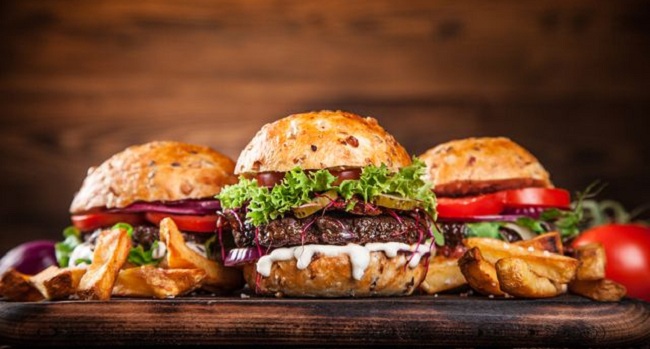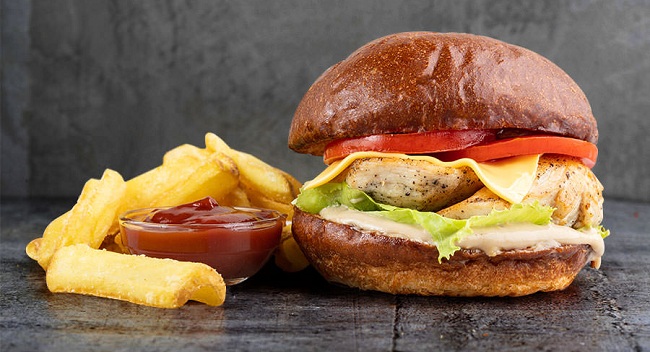Good and tasty desserts (as well as food in general) can be beneficial for such a difficult thing as drug addiction treatment. After all, it is very important for a person struggling with his addiction to find some kind of outlet, and the sweet just can become it.

- The flour you use to make cookies, cakes, etc. be sure to sift, even if you only need a few spoons. Why? Flour tends to cake quickly, and when sifting it is enriched with air, then your dough will always rise well.
- Fresh flour absorbs less liquid than old flour, so when you seem to bake a cake according to the same recipe, it can come out differently every time. This is precisely the reason. Only with experience can you learn to determine whether you need to add a little more water or flour to the dough than indicated in the recipe.
- Store flour in a cool and well-ventilated place. Try to sift and ventilate it at least once a month. In a humid room, flour becomes musty, and when stored in a very warm place, it tastes bitter and takes on an unpleasant odor.
- Before adding to the dough, the baking soda should be diluted with a little water or mixed well with flour.
- Grease the sheets or baking dish with thick grease.
- To help the egg whites churn easily into a firm foam, place the eggs in the cold for about 1 hour.
- If yeast is added to baked goods, then their average dose is per 1 kg. flour is from 20 – 40 gr.
- Yeast should be stored at a temperature not exceeding 3-4 ◦ C.









